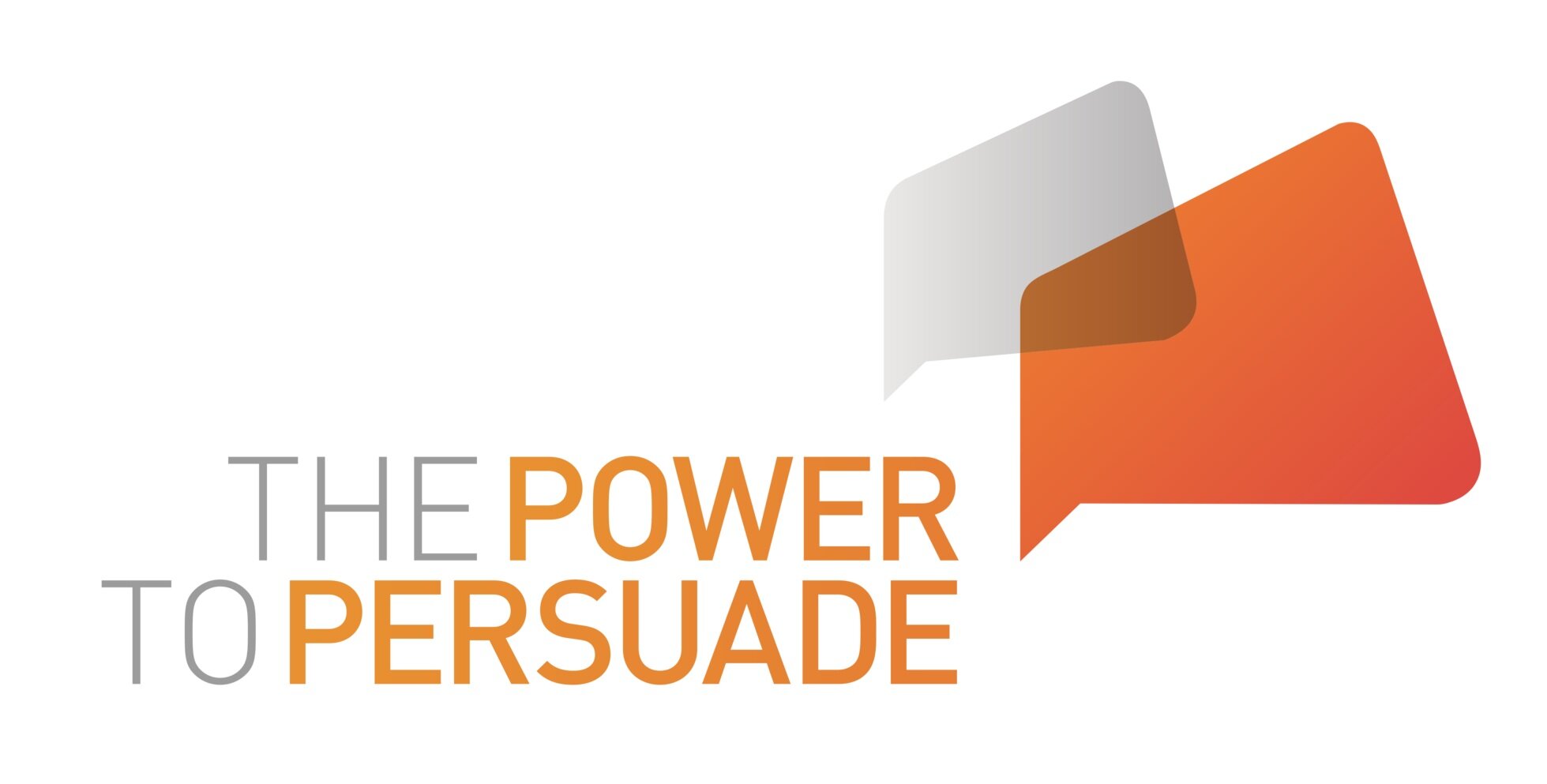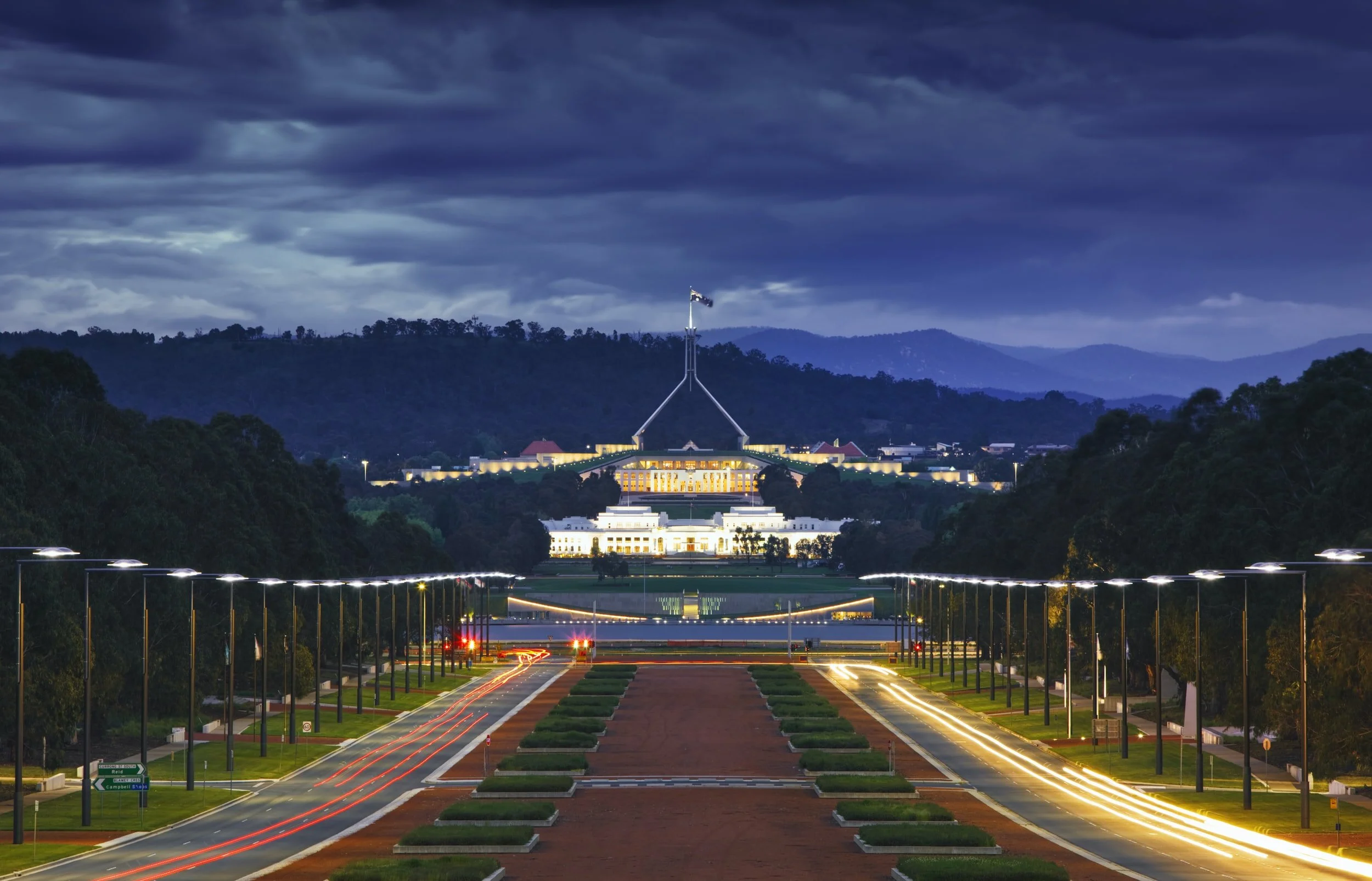On the beautifully manicured courts of Wimbledon each summer, the shining image of tennis is on display. Superstars like Serena Williams, Naomi Osaka, Rafael Nadal and Novak Djokovic grace the crowd with their athletic prowess and earn significant financial rewards from the tournament, as well as through sponsorship deals from some of the world’s most recognized brands. However, this illusion contrasts starkly from the lived experience reality of most professional players.
Read MoreThe evidence has been well publicised: young people who have spent their formative years in public care are less likely than their peers to be in gainful employment, and more likely to become homeless, to become involved in crime or prostitution or to become long-term dependent on the state. A closer inspection of the data tends to reveal a much more nuanced picture: a small group of care leavers are ‘movers on’ who achieve educational, employment and wellbeing outcomes that are similar to those of their peers in the general population. A much larger group are survivors: they enter care significantly behind their peers in key areas of development and although, given the right support, they make progress, it takes time to narrow the gap, and their achievements, occurring relatively late in life, often go unrecognised. Only a relatively small group of care leavers fit the stereotype and struggle with very poor outcomes.
Nevertheless, we need to understand why, despite more evidence of success than is often acknowledged, the transition to adulthood from care can be problematic for too many young people who have been the responsibility of the state. In this blog, Harriet Ward and Mike Stein explore the transitions from care to adulthood through exploring historical narratives.
Read MoreLuke Michael (@luke_michael96) highlights findings from a new research report from Children and Young People with Disability Australia that suggest problems with NDIS implementation are many and varied, and are not likely to be fixed by the Government’s proposed major reform of Indpendent Assessments. He talks over the implications with the report’s lead author Professor Helen Dickinson.
Read MoreOne of the headline figures in Tuesday’s federal budget was a A$1.1 billion dollar investment in women’s safety. This came as part of a special women’s budget statement, which pitched the budget as helping provide women with “respect, dignity, choice, equality of opportunity and justice”. It also comes amid a national crisis in domestic violence. On average, one woman is killed every week in Australia by a male current or former partner. So does the budget deliver on its promise to prioritise women’s safety and equality at home and at work? Does it do enough?
Read MoreIn this post, Miqdad Asaria, Joan Costa-Font and Frank Cowell (London School of Economics) present their research on a seldom discussed topic - people’s aversion to income and health inequality in society. They argue that COVID-19 has made people more averse to inequalities, particularly if they have had COVID-19 themselves.
Read MoreDespite being 30 years since the Royal Commission into Aboriginal deaths in custody, families continue to lose loved ones. More than 455 Indigenous Australians have lost their lives in police or prison custody since the Royal Commission reported and according to families, the loss of life is higher than what has been reported. In today’s post, Eddie Cubillo, a proud Larrakia, Wadjigan, Central Arrernte man from the Northern Territory and Senior Indigenous Fellow at Melbourne Law School, University of Melbourne, highlights successive government’s failure to act on the Royal Commission’s recommendations and calls for taking real and effective action into Aboriginal deaths in custody.
Read MoreIn this post, a team from the University of Melbourne consider food insecurity among Australian university students in light of the COVID-19 pandemic, including ways forward. Post authors are Associate Professor Jane Dyson, Professor Craig Jeffrey, Associate Professor Gyorgy Scrinis, Charlene Edwards, Rafaela Anja, Louisa Ellis, Aasha Sriram, Mia Zentari and Eugenia Zoubtchenko.
This post was originally published at the University of Melbourne’s website, Pursuit, and the original version can be found here.
Read MoreIn today’s post, originally published in The Conversation, Professor Helen Dickinson (@drhdickinson) outlines concerns about the introduction of independent assessments into Australia’s National Disability Insurance Scheme, and explains why an independent evaluation of the proposed changes, designed in consultation with people with disability and their families, is needed before they are introduced.
Read MorePRIMARY CARE NETWORKS (PCNs) were introduced across England in July 2019, bringing together groups of general practices, along with community providers, to develop new services for patients. These networks respond to a need for better integration of health and social care services and issues of sustainability in primary care.
Read MoreThe Covid-19 pandemic is presenting governments, social work leaders, managers and frontline practitioners with unique challenges. In this blog, Harry Ferguson, Sarah Pink and Laura Kelly discuss their Economic and Social Research Council-funded research, which explores its impact on children, families and child protection social work.
Read MoreKids’ TV shows can play a number of roles – to entertain, to educate, to challenge and to reassure. Today’s post, written by Dr Briony Lipton (@briony_lipton), examines how the beloved ABC Kids series Bluey, about irrepressible Blue Heeler puppy Bluey and her family, portrays gender and work. Using a scene from the show as its springboard, this piece sheds light on the complex negotiations around work and family roles that are central to contemporary Australian family life.
Read MoreOn 5 November 2020, at an event hosted by Conversation at the Crossroads, Dr Lisa Carson (@DrLisaCResearch) from the Young Women’s International League for Peace and Freedom spoke about what the US election result may mean for Australia from a civil society perspective. In this week of the inauguration of Joe Biden as the 46th President of the United States, here is the text of Dr Carson’s presentation at Australia and the World After Trump.
Read MoreThere is increasing cross-sectoral unease about the mental health impact of COVID-19 and the lockdown put in place to combat it. A recent commentary in the Lancet suggested that “suicide is likely to become a more pressing concern as the pandemic spreads and has longer-term effects on the general population, the economy, and vulnerable groups” (Gunnell et al. 2020). While a relationship between COVID and suicide is not clearly established, Dr Anna Lavis argues that the key to forging understandings of their potentially complex connections is an attention to the many suicide-related discussions currently happening on social media.
Read MoreThe pandemic has exposed the multitude of dangers in trusting private entities with public data, demonstrating the need for carefully thought out regulation argue Jenna Harb and Kate Henne from the Justice and Technoscience (JusTech) Lab at the ANU School of Regulation and Global Governance.
Read MoreViolence and aggression perpetrated against frontline public servants is a serious issue, argues Steve Munns, psychologist, public servant and PhD scholar at the ANU’s School of Regulation and Global Governance.
Read MoreJensen Sass and Kate Henne, from the School of Regulation and Global Governance at the ANU, argue that the pandemic has opened up space for reconfiguring the relationships between states and markets.
Read MoreIn today’s post, Andrew Trounson from the University of Melbourne discusses suicide prevention among males. Drawing on the research of Jane Pirkis and Zac Seidler, Trunson argues that the stresses related to COVID-19 will likely increase the risk of suicide among males. As such, more attention needs to paid to services that are tailored to the needs of men and boys. Although males are traditionally seen as reluctant to seek help , 60% of people who had taken their own lives had sought help in the previous 12 months, according to Dr Seidler. Masculinity is complicated, therefore initiatives designed to help men and boys need to be nuanced (and wide-spread) rather than based on stereotypes.
Read MoreStrong leadership has been key in the successful COVID-19 response by Australia’s Indigenous communities – for Indigenous LGBTIQ+ communities to thrive, leadership requires more nuance. In this blog post, Péta Phelan calls for a more nuanced understanding and leadership from government, Indigenous health organisations and health professionals.
Read MoreTeachers play an important and influential role in the lives of their students, and in many cases, their families, and the community. Their duties and responsibilities extend far beyond meeting learning outcomes, to caring for the social and emotional needs of their students. But who’s looking out for our teachers? The health and safety of teachers and their families must be a priority during the Covid-19 pandemic as they try and balance the different demands at work and home. In this blog post Dr Meera Varadharajan explores the importance of recognition, acknowledgement and support for teachers in the time of Covid-19.
Read MoreThe second spike of Covid-19 in Victoria which has resulted in a large number of outbreaks in aged care homes is shining a light on the policies and practices of how governments and the private sector manage aged care. In this blog post Bernard Keene discusses challenges within the aged care sector such as casualisation of the workforce that require immediate attention in the wake of the corona virus crisis.
Read More




















